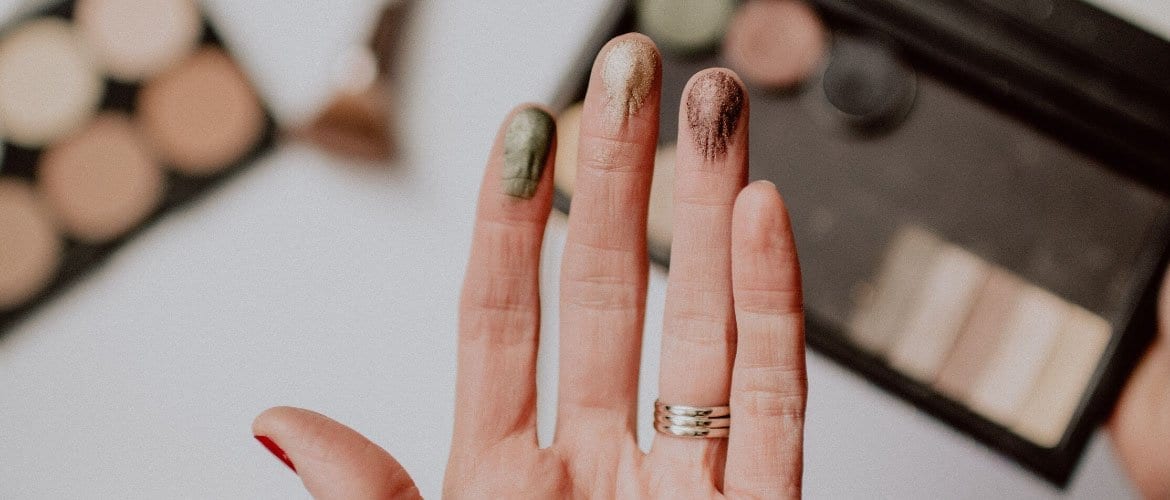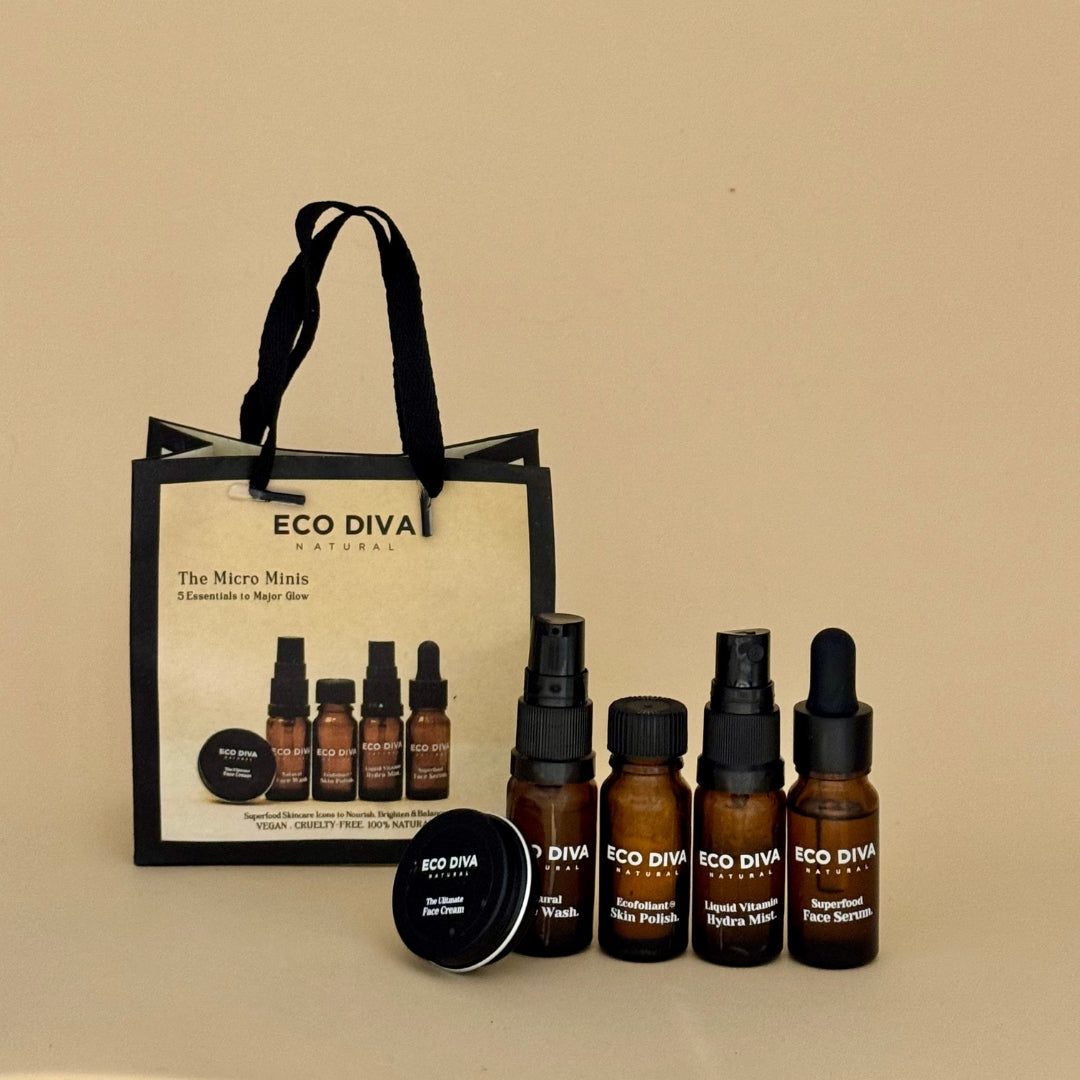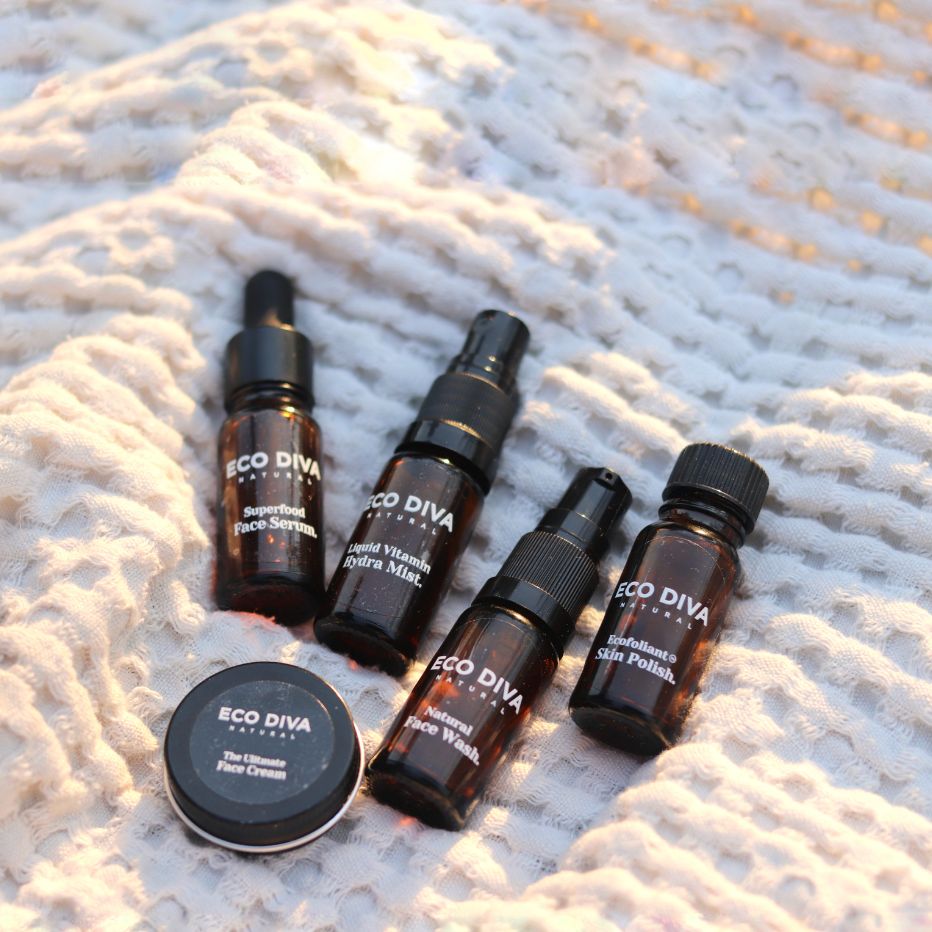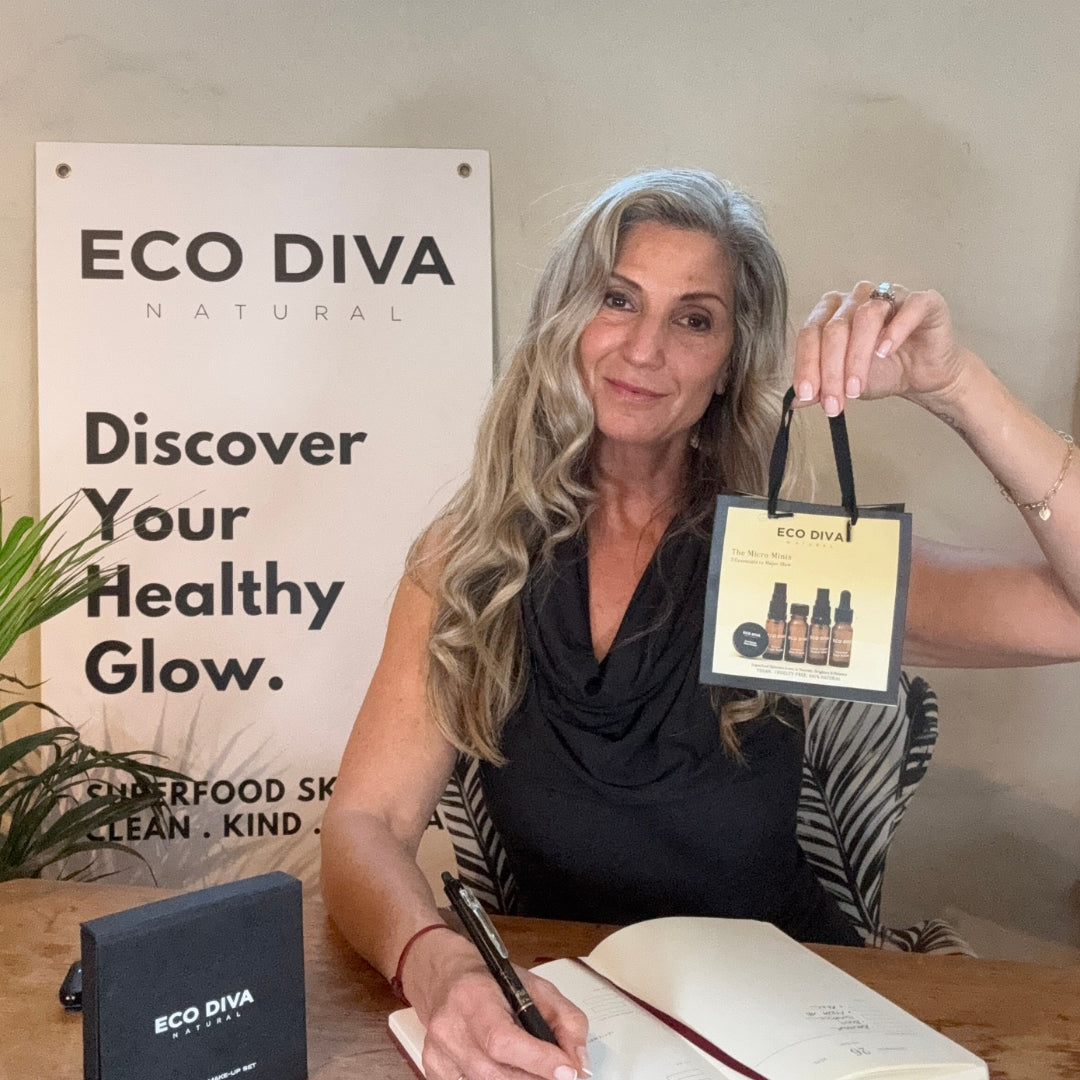Now the stars are turning chemical-free and non-toxic!
Most people believe that when they read ‘organic’ on their product labels that it automatically means non-toxic, but the truth is very different. Let’s break down the meaning of organic as it pertains to food and beauty products. Labels on cosmetics and body care products are a tough code to crack. The industry is so unregulated that it’s usually impossible to trust the claims that manufacturers place on their products. Words such as “natural” can be used by anyone for anything. Even “organic” is misleading. Companies are supposed to use an organic label only if all the ingredients are certified-organic, but they can also say it’s “made with organic” if it contains a minimum of 70 percent certified-organic ingredients. That still leaves 30 percent and a lot of space for toxins.
Organic foods are foods / products produced by organic farming. While the standards differ worldwide, organic farming in general features cultural, biological, and mechanical practices that foster cycling of resources, promote ecological balance, and conserve biodiversity. Synthetic pesticides and chemical fertilizers are not allowed, although certain organically approved pesticides may be used under limited conditions. In general, organic foods/ products are also not processed using irradiation industrial solvents, or synthetic food /product additives.
Many products may call themselves organic, but still allow other toxic chemicals and preservatives into them, like petrochemicals, parabens and other carcinogens, which are potentially harmful to the body. So effectively the ‘organic’ does not necessarily mean that they are totally safe for you.
Non –toxic however refers to products that have eliminated any toxic chemicals from them altogether. But I always talk about the importance of reading your product labels carefully and arming yourself with the ‘natural, organic and non-toxic’ knowledge that is so important for your health.
Here is a list of harmful chemicals taken from Treehugger that you should stay away from totally:
Formaldehyde: Potential irritant and carcinogen found in nail polish, hair dye, fake eyelash adhesives, shampoos. This is now thankfully banned in the EU, but S.A still allows it.
Fragrance/Parfum: A catchall for hidden chemicals, such as phthalates. Fragrance is connected to headaches, dizziness, asthma, and allergies.
Lead: Known carcinogen found in lipstick and hair dye, but never listed because it’s a contaminant, not an ingredient. Can you believe it?
Mercury: Known allergen that impairs brain development. Found in mascara and some eye-drops. Stay away from this for sure!
Mineral oil: Most people think this one is actually good for you, but it’s a by-product of petroleum that’s used in baby oil, moisturizers, styling gels. It creates a film that impairs the skin’s ability to release toxins. Not pretty!
Oxybenzone: Found in chemical sunscreens that accumulates in fatty tissues and is linked to allergies, hormone disruption, cellular damage, low birth weight. And people just smear it on!
Parabens: Used as preservatives, found in many products. Linked to cancer, endocrine disruption, and reproductive toxicity. Who would choose to put this on their bodies?
Paraphenylenediamine (PPD): Used in hair products and dyes, but toxic to skin and immune system. Stay away!
Phthalates: Plasticizers banned in the EU and California in children’s toys, but present in many fragrances, perfumes, deodorants, lotions. Linked to endocrine disruption, liver/kidney/lung damage, cancer.
Polyethylene glycol (PEG): Penetration enhancer used in many products, it’s often contaminated with 1,4-dioxane and ethylene oxide, both known carcinogens.
Silicone-derived emollients: Used to make a product feel soft, these don’t biodegrade, and also prevent skin from breathing. Linked to tumour growth and skin irritation.
Sodium lauryl (ether) sulfate (SLS, SLES): A former industrial degreaser now used to make soap foamy, it’s absorbed into the body, plays havoc with the endocrine system and irritates skin.
Talc: Similar to asbestos in composition, it’s found in baby powder, eye shadow, blush, deodorant. Linked to ovarian cancer and respiratory problems. Will you still use this now that you know?
Triclosan: Found in antibacterial products, hand sanitizers, and deodorants, it is linked to cancer and endocrine disruption. Avoid the brand Microban.
So, how will you choose to live your life? I choose healthy and definitely non-toxic. Much rather be safe than sorry and with all these products causing cancer, it’s a wonder that they are still allowed.
An Eco-Cert company that is non-toxic and stands behind their claims is Vita Liberata – an amazing natural self tanning and body care range. See more here:
Check out Vita Liberata’s Toxic List vs their ‘good for you’ list: http://www.vitaliberata.co.uk/thetoxiclist/























